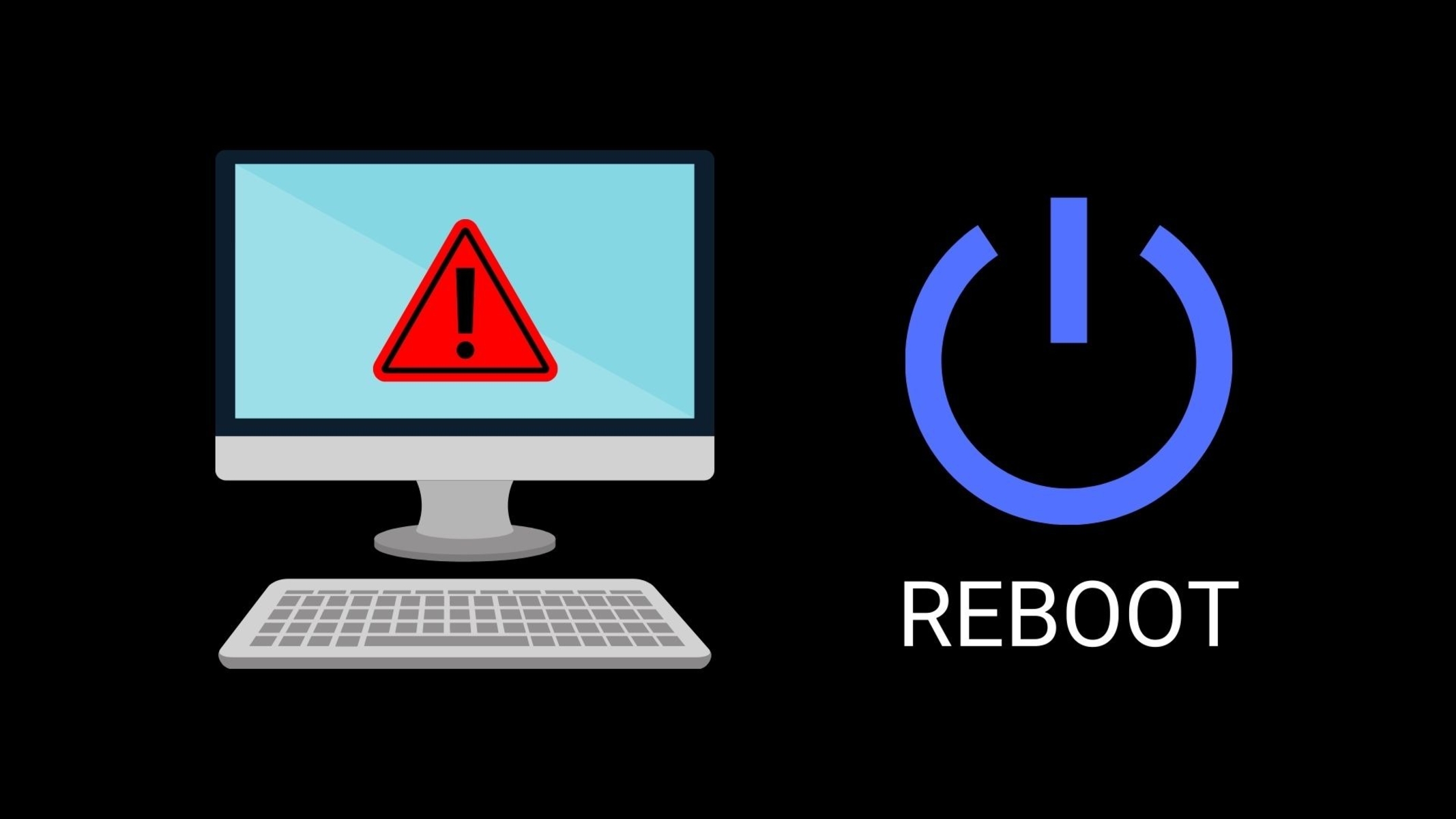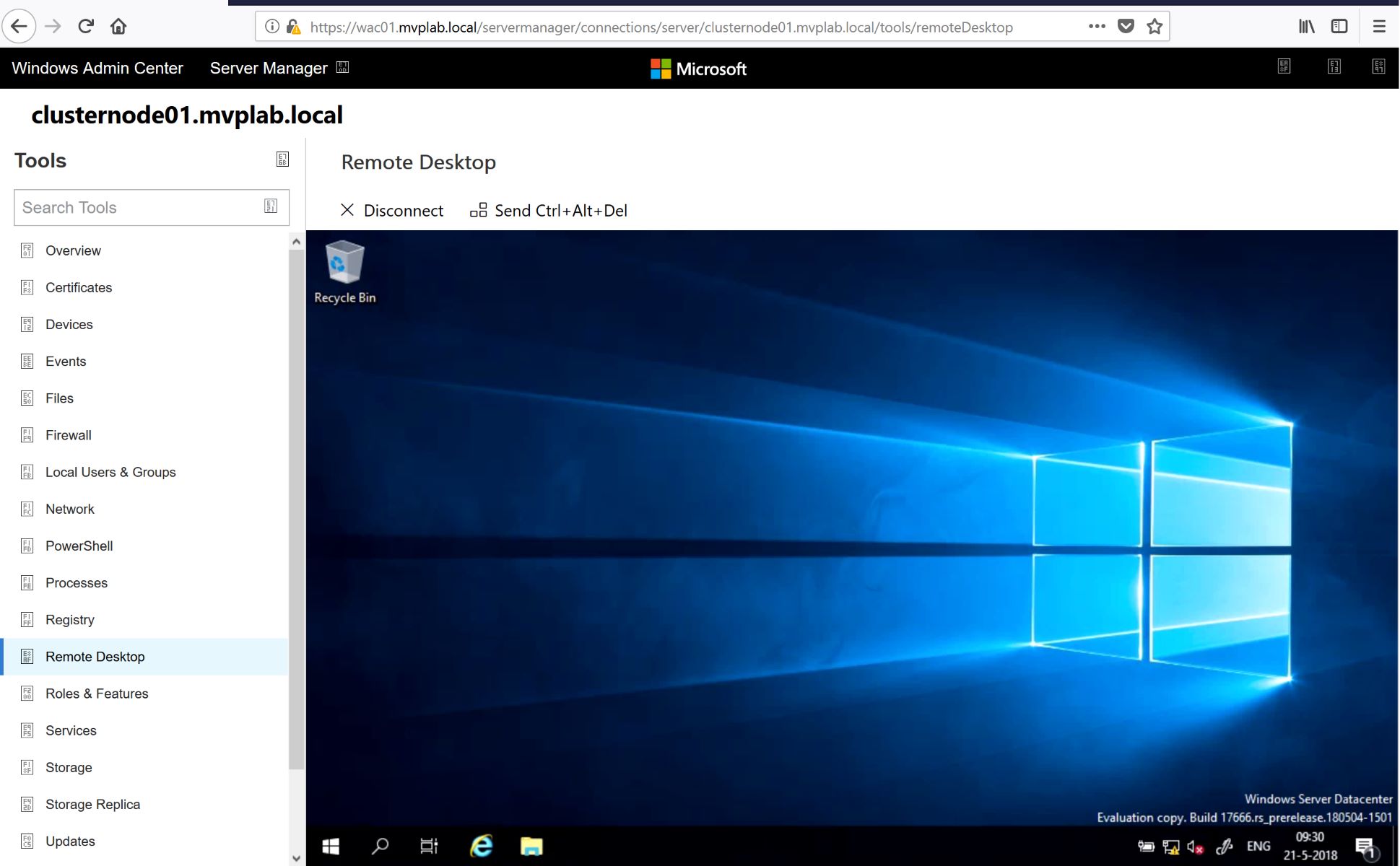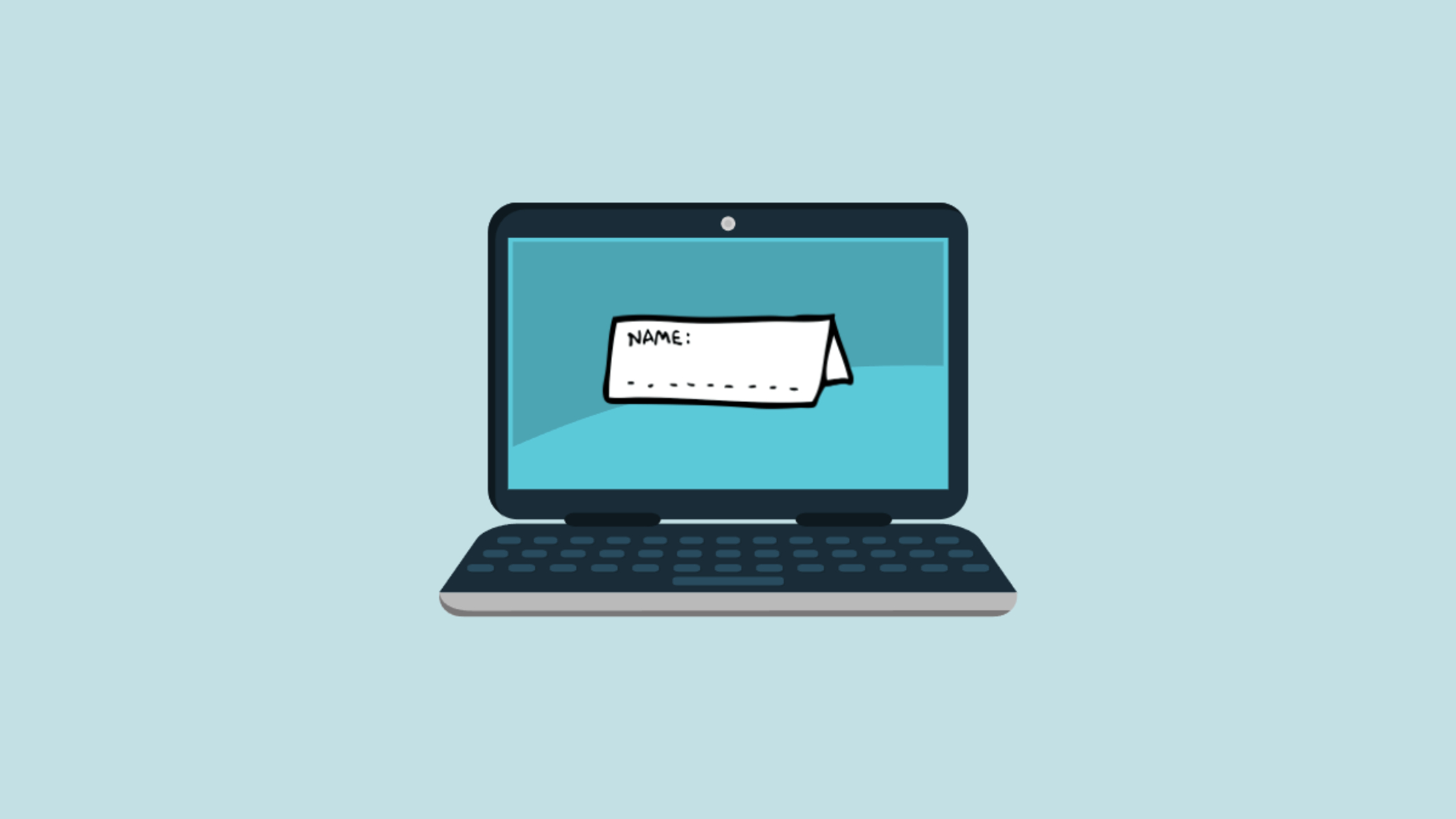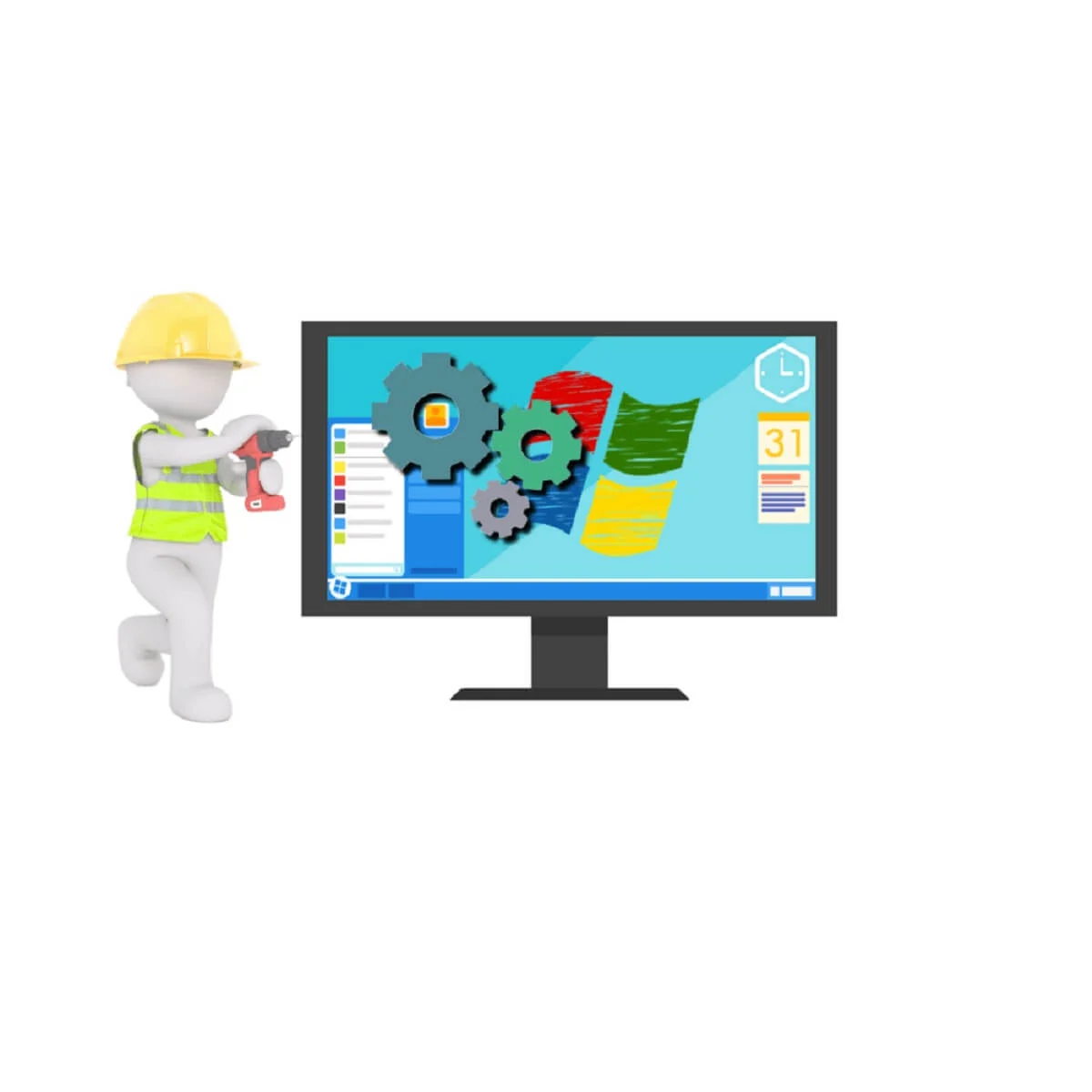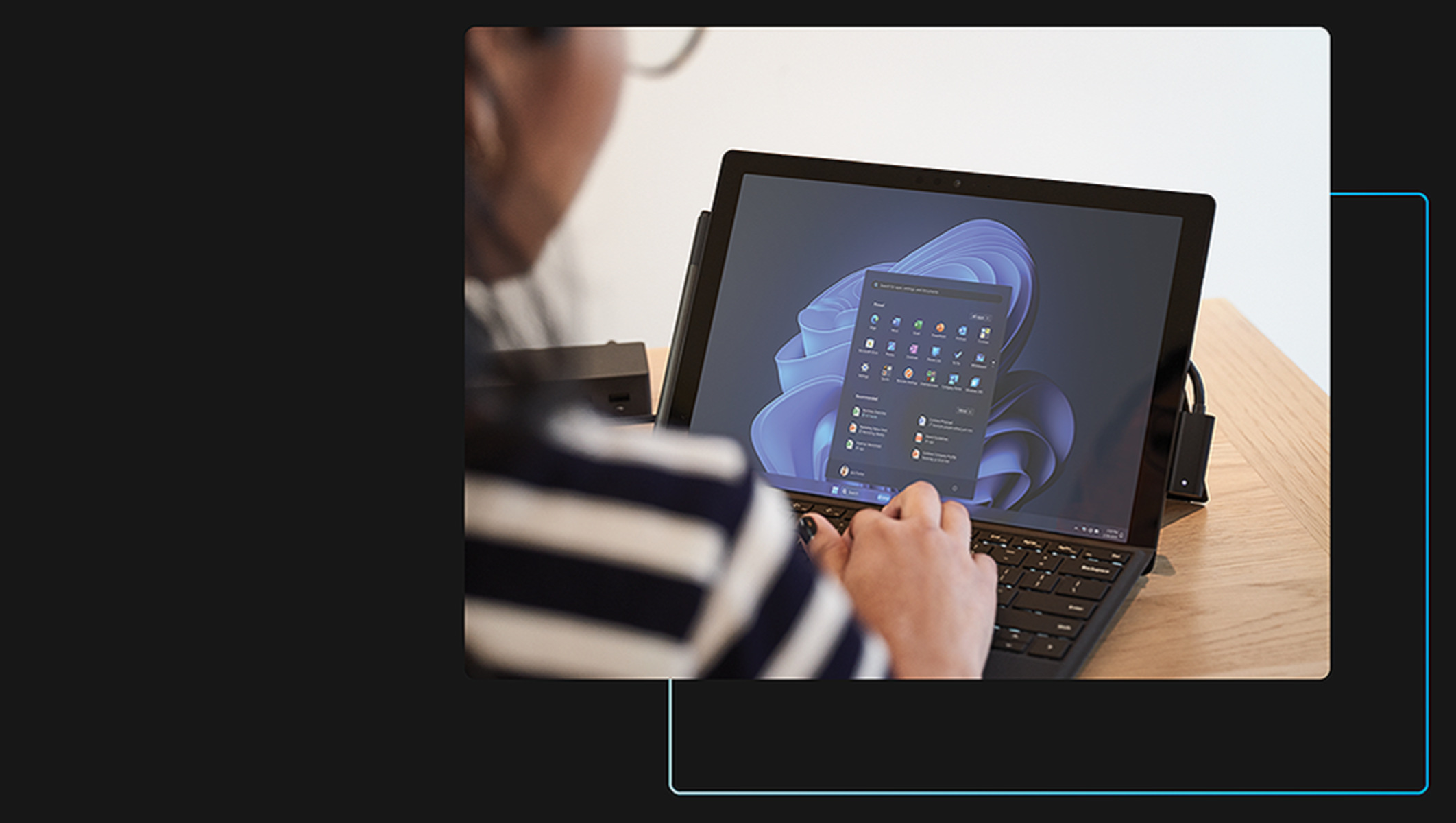Introduction
Remotely restarting Windows 10 desktops can be a lifesaver for system administrators, allowing them to manage and troubleshoot multiple computers from a centralized location. This powerful capability eliminates the need for physical access to each machine, saving time and effort.
Whether you need to restart a single computer or perform a mass restart across an entire network, there are several methods available for remote restarts. In this article, we will explore various techniques, from built-in Windows tools to third-party software, to help you accomplish this task efficiently and securely.
Before diving into the methods, it’s important to note that administrative privileges and proper network configuration are essential for remote restarts. Ensure that you have the necessary access rights on the target machines and a stable network connection between the admin workstation and the desktops you intend to restart.
In the following sections, we will explore five different methods to remotely restart Windows 10 desktops:
- Using the Remote Desktop Protocol (RDP)
- Using PowerShell
- Using PSEXEC
- Using the Windows Remote Management (WinRM) tool
- Using third-party remote desktop software
Each method has its own advantages and considerations, so it’s important to choose the one that best fits your specific requirements and environment. Let’s now dive into each method in detail to understand how remote restarts can be achieved with ease and efficiency.
Prerequisites
Before you can remotely restart Windows 10 desktops, there are a few prerequisites you need to ensure are in place:
1. Administrative access: You must have administrative access to the computers you want to restart remotely. This typically means having administrative credentials or being a member of the Administrators group on each target machine.
2. Network connectivity: It is crucial to have stable network connectivity between your admin workstation and the desktops you intend to restart. This can be achieved through a local area network (LAN) or a virtual private network (VPN) connection. Ensure that the network is reliable and that there are no firewall restrictions that could prevent communication.
3. Remote desktop enabled: If you plan to use the Remote Desktop Protocol (RDP) method, make sure that remote desktop is enabled on the target machines. To check this, go to “System Properties” and navigate to the “Remote” tab. Enable the option for remote desktop connections if it is not already enabled.
4. PowerShell execution policy: When using the PowerShell method, you may encounter execution policy restrictions that prevent you from running scripts on the target machines. To overcome this, you can temporarily change the execution policy by running the command Set-ExecutionPolicy -ExecutionPolicy Unrestricted as an administrator on both your admin workstation and the target machines.
5. Administrative shares: Some methods may require access to administrative shares (e.g., C$, D$) on the target machines. Ensure that administrative shares are enabled and accessible on each computer.
6. User account control (UAC) settings: If the UAC settings on the target machines are set to a high level, you may encounter issues when attempting to remotely restart. To avoid this, consider temporarily disabling UAC or adjusting its settings to allow remote administrative tasks.
By ensuring that these prerequisites are met, you can proceed with confidence to implement the remote restart methods described in the following sections. With the right access and connectivity, you’ll be able to streamline your administrative tasks and resolve any issues efficiently.
Method 1: Using the Remote Desktop Protocol (RDP)
The Remote Desktop Protocol (RDP) is a built-in Windows feature that allows you to remotely connect to and control another Windows computer over a network connection. By leveraging RDP, you can easily restart Windows 10 desktops remotely. Here’s how:
- Ensure that the target computer has the Remote Desktop feature enabled. To check this, go to “System Properties” and navigate to the “Remote” tab. Enable the option for remote desktop connections if it is not already enabled.
- Note down the IP address or hostname of the target computer.
- On your admin workstation, open the Remote Desktop Connection application. This can typically be found in the Start menu, under Accessories or Windows Accessories.
- In the Remote Desktop Connection window, enter the IP address or hostname of the target computer in the “Computer” field.
- Click on the “Connect” button to establish the RDP connection.
- Enter the appropriate credentials when prompted. Ensure that you have administrative privileges on the target computer.
- Once connected, you will have access to the desktop of the remote computer. From there, you can initiate a restart by clicking on the “Start” button, selecting the power icon, and choosing the restart option. Alternatively, you can use the keyboard shortcut “Ctrl + Alt + End” to bring up the Ctrl + Alt + Del screen and select the restart option.
Using RDP to remotely restart Windows 10 desktops provides a seamless and familiar experience, as it allows you to interact with the target computer’s desktop as if you were physically present. This method is particularly useful when you need to perform additional tasks on the remote machine, such as troubleshooting or software installation.
However, it’s important to note that RDP may not be suitable for certain scenarios, such as when the target computer is not reachable over the network or when you want to simultaneously restart multiple computers. In such cases, alternative methods like PowerShell or third-party software, which we will explore in the next sections, should be considered.
Method 2: Using PowerShell
PowerShell is a powerful scripting language that can be used to automate various administrative tasks in Windows. With PowerShell, you can remotely restart Windows 10 desktops with ease. Here’s how:
- On your admin workstation, open the PowerShell console or the PowerShell Integrated Scripting Environment (ISE).
- Ensure that you have administrative privileges on both your admin workstation and the target computers.
- Run the following command to establish a remote PowerShell session with the target computer:
- Enter the appropriate credentials when prompted to authenticate the remote session.
- Once the PowerShell session is established, run the following command to restart the remote computer:
- Confirm the restart by typing “Y” and pressing Enter.
- Wait for the remote computer to restart. Once the restart is completed, you can exit the PowerShell session by running the command
Exit-PSSession.
Enter-PSSession -ComputerName [ComputerName]
Replace [ComputerName] with the IP address or hostname of the target computer.
Restart-Computer
You can add the -Force parameter to force a restart without prompting for confirmation.
Using PowerShell to remotely restart Windows 10 desktops provides a flexible and scriptable approach, allowing you to perform the task efficiently across multiple computers. It eliminates the need for manual intervention on each machine and can be easily incorporated into automated workflows or scheduled tasks.
However, it’s important to note that PowerShell remote execution needs to be enabled on both your admin workstation and the target computers. Additionally, you may encounter execution policy restrictions that prevent the execution of remote scripts. To overcome this, temporarily change the execution policy by running the command Set-ExecutionPolicy -ExecutionPolicy Unrestricted as an administrator on both your admin workstation and the target machines.
In the next section, we will explore another method, PSEXEC, which provides an alternative approach for remotely restarting Windows 10 desktops.
Method 3: Using PSEXEC
PSEXEC is a powerful command-line tool provided by Sysinternals, now a part of Microsoft, that enables the execution of commands on remote computers. It can be used to remotely restart Windows 10 desktops as well. Here’s how:
- Download the PSEXEC tool from the official Microsoft website and save it to a directory on your admin workstation.
- Open a command prompt or PowerShell session with administrative privileges on your admin workstation.
- Navigate to the directory where the PSEXEC executable is located.
- Run the following command to remotely restart a Windows 10 desktop:
- Enter the appropriate credentials when prompted to authenticate the remote command execution.
- Wait for the remote computer to restart. Once the restart is completed, you can close the command prompt or PowerShell session.
psexec \\[ComputerName] -s shutdown /r /t 0
Replace [ComputerName] with the IP address or hostname of the target computer.
Using PSEXEC for remote restarts offers a straightforward and efficient method, especially when you need to perform the task on multiple computers simultaneously. It allows you to execute commands remotely with ease and flexibility.
It’s important to note that PSEXEC utilizes the admin$ administrative share to perform the remote command execution. Ensure that administrative shares are enabled and accessible on the target computers.
When using PSEXEC, keep in mind that it requires administrative privileges on both your admin workstation and the target computers. As with any remote execution tool, exercise caution and ensure that you have proper authorization before initiating a remote restart.
In the next section, we will explore another method, the Windows Remote Management (WinRM) tool, that provides an alternative approach for remotely restarting Windows 10 desktops.
Method 4: Using the Windows Remote Management (WinRM) tool
The Windows Remote Management (WinRM) tool is a built-in Windows feature that allows for the remote management and execution of commands on remote computers. With WinRM, you can also initiate remote restarts on Windows 10 desktops. Here’s how:
- Ensure that WinRM is enabled on both your admin workstation and the target computers. You can enable it through the Windows PowerShell console by running the following command:
- Open a command prompt or PowerShell session with administrative privileges on your admin workstation.
- Run the following command to initiate a remote restart:
- Enter the appropriate credentials when prompted to authenticate the remote command execution.
- Wait for the remote computer to restart. Once the restart is completed, you can close the command prompt or PowerShell session.
Enable-PSRemoting -Force
Invoke-Command -ComputerName [ComputerName] -ScriptBlock { Restart-Computer }
Replace [ComputerName] with the IP address or hostname of the target computer.
Using WinRM to remotely restart Windows 10 desktops offers a secure and reliable method to perform the task. It allows for the execution of commands on remote machines without the need for manual intervention.
When utilizing WinRM, ensure that both your admin workstation and the target computers are configured to allow WinRM connections. Additionally, administrative privileges are required on both ends for successful remote command execution.
WinRM provides the flexibility to perform remote administration tasks beyond just restarting computers. It can be leveraged to execute various commands or scripts remotely, making it a versatile tool for system administrators.
Next, we will explore the fifth method, which involves using third-party remote desktop software for remote restarts on Windows 10 desktops.
Method 5: Using third-party remote desktop software
In addition to the built-in tools and features provided by Windows, you can also use third-party remote desktop software to remotely restart Windows 10 desktops. These software solutions offer additional functionalities and may be more customizable based on your specific needs. Here’s how you can use third-party remote desktop software for remote restarts:
- Research and choose a reliable third-party remote desktop software that suits your requirements. Some popular options include TeamViewer, AnyDesk, and Splashtop.
- Download and install the remote desktop software on both your admin workstation and the target computers you wish to restart remotely.
- Follow the software’s instructions for establishing a remote connection between your admin workstation and the target computers. This typically involves creating an account, configuring permissions, and adding the target computers to your account.
- Once the remote connection is established, you will have access to the target computer’s desktop interface from your admin workstation.
- From the remote desktop software’s interface, locate the options to restart the remote computer. Depending on the software, this may be a dedicated restart button or an option within a menu.
- Click on the restart button or select the restart option to initiate the remote restart.
- Wait for the remote computer to restart. The remote desktop software may display a notification or progress indicator to track the restart process.
- Once the restart is complete, you can close the remote desktop session and exit the software.
Using third-party remote desktop software for remote restarts offers a user-friendly and customizable experience. It often provides additional features such as file transfer, remote control, and collaboration tools, which can be beneficial for system administrators and remote support teams.
It’s crucial to choose a reputable remote desktop software that prioritizes security and encryption to protect your remote connections and data. Ensure that the software is regularly updated and follow best practices for securing your remote sessions.
Keep in mind that third-party remote desktop software may incur additional costs depending on the licensing model and features you require. Evaluate your needs and budget before selecting a software solution.
With the flexibility and convenience offered by third-party remote desktop software, you can effectively manage and restart Windows 10 desktops regardless of their physical location.
Conclusion
Remotely restarting Windows 10 desktops is a valuable capability for system administrators, allowing them to efficiently manage and troubleshoot multiple computers from a central location. In this article, we explored five different methods to accomplish remote restarts: using the Remote Desktop Protocol (RDP), PowerShell, PSEXEC, the Windows Remote Management (WinRM) tool, and third-party remote desktop software.
The Remote Desktop Protocol (RDP) provides a familiar and interactive experience, allowing you to control the target computer’s desktop remotely. PowerShell offers a scriptable approach, enabling you to automate and execute commands on multiple computers. PSEXEC provides a command-line solution for simultaneous remote restarts. The Windows Remote Management (WinRM) tool allows for the remote management and execution of commands. Lastly, third-party remote desktop software offers additional features and customization options for remote restarts.
When utilizing these methods, it’s important to ensure that you have the necessary administrative privileges and network connectivity to establish remote connections. Additionally, consider the specific requirements and limitations of each method to choose the one that best suits your needs.
Remember to follow security best practices when performing remote restarts. Ensure that you have proper authorization to access and manage remote computers, and prioritize the security of your remote connections by using encryption and strong authentication measures.
By leveraging these remote restart methods, system administrators can streamline their administrative tasks, save time, and troubleshoot issues efficiently. Take advantage of these powerful tools and techniques to gain control over your Windows 10 desktops, regardless of their physical location.
So, whether you prefer the seamless experience of RDP, the scripting power of PowerShell, or the flexibility of third-party software, you now have multiple options at your disposal to remotely restart Windows 10 desktops and simplify your administrative processes.







